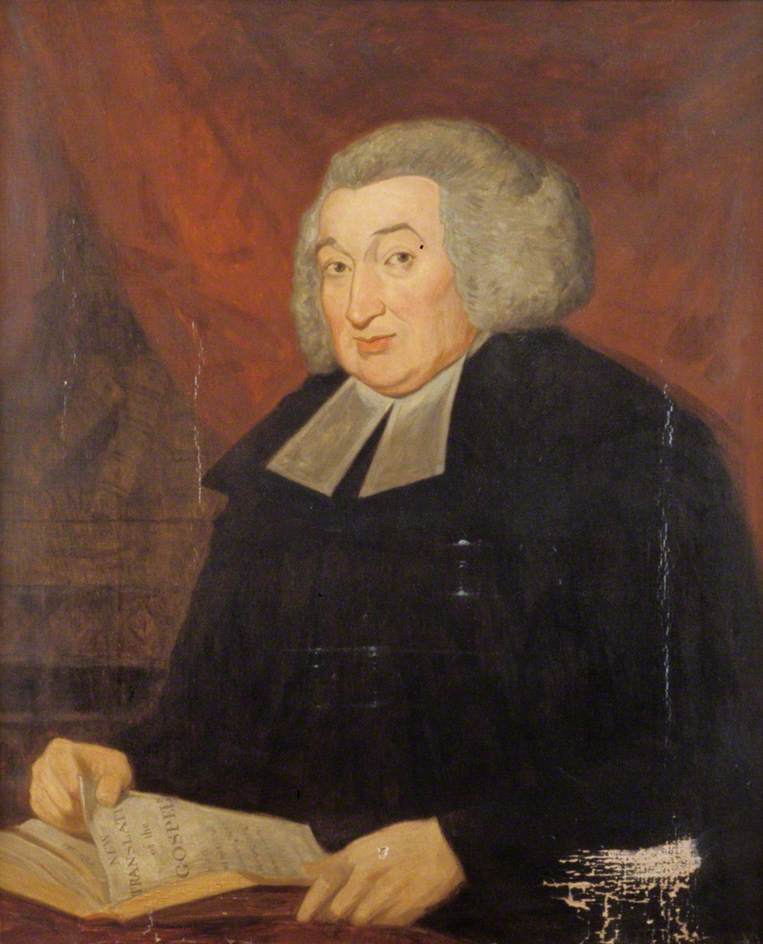There is a standard image of the 19th century as the era when educated Christians lost their faith. Thomas Cooper (1805-1892), a self-educated cobbler with a prodigous thirst for knowledge, was one of those Christians; having been prepared for the Methodist ministry as a young man, he read David Strauss’s Life of Jesus and became a “freethinker.” But a few decades later, he rethought the objections that had caused him to abandon Christianity and returned to the faith. Cooper spent the last three decades of his life traveling the length and breadth of England and Scotland giving lectures and preaching sermons—by Timothy Larsen’s count, 4,292 lectures and 2,568 sermons in 545 different cities, towns, or other distinct localities from Inverness to Jersey—in defense of Christianity.The Bridge of History over the Gulf of Time is a work born from those lectures, and it gives a good sense of Cooper’s lively lecture style, aimed at holding the attention of the working man. Cooper takes his audience on an idiosyncratic and entertaining tour, century by century, moving back from the nineteenth century to the first. Though he stops frequently to explore interesting byways, he always comes back to the main path with one question in mind: where did Christianity come from? Though the lectures are not deeply scholarly, they reveal Cooper’s intimate familiarity with the objections to Christian belief that he himself once thought decisive. In the opening paragraphs he expresses his hope that those who read his “light thoughts” may be motivated to take up a deeper study of the evidences for Christianity in the more scholarly works of Lardner, Paley, Horne, and Westcott.
The story of Cooper’s loss of faith and his subsequent reconversion is well told both in Cooper’s own autobiography, The Life of Thomas Cooper (1871; 4th ed. 1873), and in Timothy Larsen’s important historical study Crisis of Doubt (Oxford: Oxford University Press, 2006).


